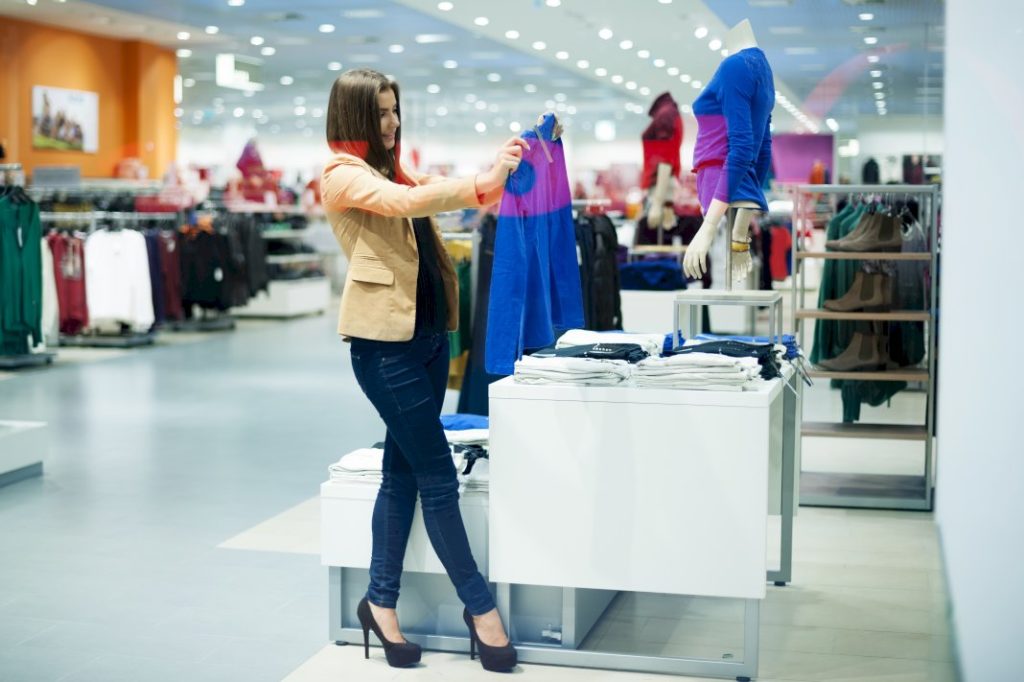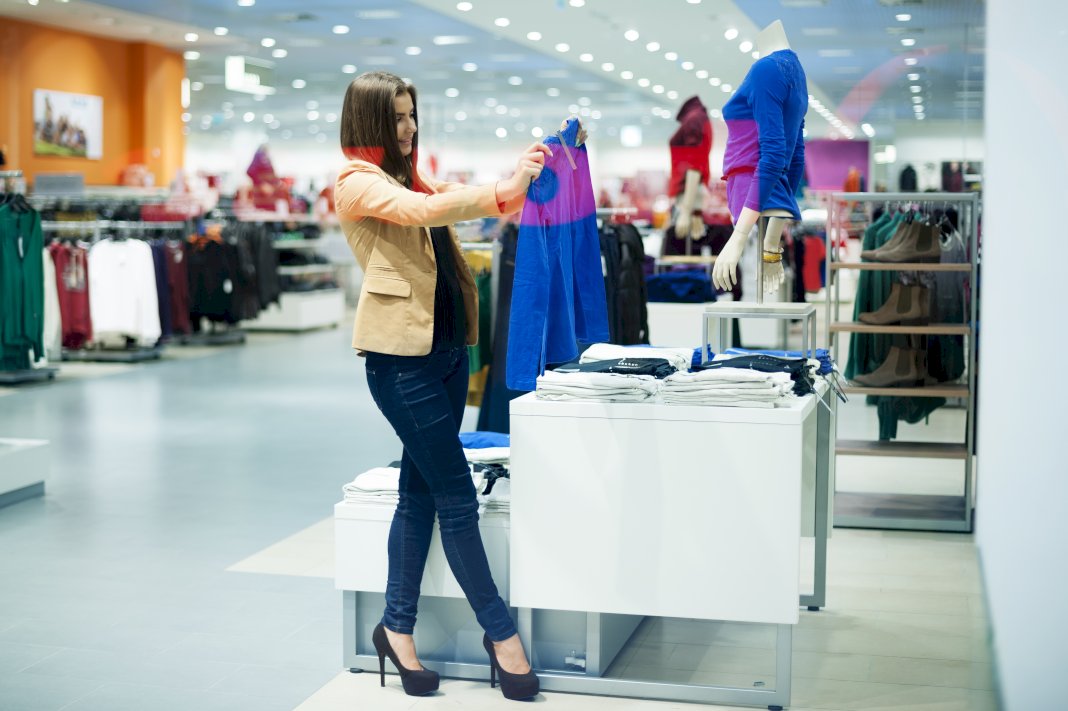- Understanding customer demographics and shopping habits is crucial to designing an effective retail store.
- Branding elements, like color schemes and indoor signage, enhance brand recognition and influence purchasing decisions.
- Proper store layout maintains traffic flow, promotes product exploration, and increases purchase chances.
- Constant experimentation and evaluation of design elements are essential to remain competitive and boost sales.
The design of your retail store plays a pivotal role in the customer’s shopping experience and significantly impacts your overall sales. A report by Retail Dive revealed that 70% of consumers affirmed that store design and display influence their purchase decisions. According to a KPMG study, customers tend to stay 40% longer in well-designed and aesthetically pleasing shops, increasing the likelihood of additional purchases. Hence, a strategic and well-thought-out retail store design is crucial to entice customers, prolong their shopping time, and ultimately, boost sales.

However, designing a retail store is not just about making it look visually appealing. It involves careful planning, in-depth research, and ample considerations to create a space catering to your target audience’s needs and preferences. Here are a few steps to consider when designing your retail store:
Understand What Your Customers Want
Understanding what customers want from their shopping experience is the cornerstone of an effective retail store design. By tailoring the store environment to meet their needs and preferences, you can create a space that attracts and retains customers. Here are some factors that you must consider:
Customer Demographics
Understanding who your customers are – their age, gender, income level, and lifestyle – can provide valuable insights into their shopping preferences. This information can guide your merchandise selection, store layout, and music played.
Shopping Habits
Keep in mind the shopping habits of your customers. Do they prefer a quick in-and-out shopping experience, or do they like to browse and take their time? Answering these questions can help you design a store layout that enhances the customers’ shopping experience.
Product Selection and Display
Your customers’ preferences will determine the range of products you stock and how you display them. For instance, if you’re targeting eco-conscious customers, you might choose to reserve organic or sustainably produced items.
In-Store Experience
Lastly, consider what kind of in-store experience your customers desire. Are they looking for a high-touch service where they can get personal assistance? Or do they prefer a self-service approach where they can explore independently? Your store design should cater to these varied expectations.
Include Branding Elements
Branding plays an integral role in your retail store’s interior design. It goes beyond your logo; it’s about creating a cohesive and recognizable environment that embodies your brand’s personality and values. A well-branded store design can help build a strong connection with your customers and foster loyalty, ultimately influencing their purchasing decisions.
Brand Color Scheme
Implement your brand’s color scheme into your store’s interior design. Colors have a profound psychological impact, influencing perception and behavior. By consistently using your brand colors throughout the store, you reinforce your brand identity and become more memorable to your customers.
Indoor Signages
Indoor signs are an excellent way to incorporate your brand into the store’s design. They serve a dual purpose – guiding customers around the store and reinforcing your brand. Use your brand’s font, colors, and voice in your signage to create a unified branding experience.
Branded Fixtures
Consider incorporating your logo or other brand elements into fixtures and furnishings. This could be as simple as custom hangers with your logo or as elaborate as designing unique display cases or shelving units that reflect your brand’s aesthetic.
Brand Storytelling
Your store design can be a powerful tool for brand storytelling. Use visual elements, text, or interactive displays to tell your brand’s story or communicate your mission and values. This enhances your brand’s perception and fosters a deeper emotional connection with your customers.
Ensure Proper Layout
The layout of your retail store is a critical factor in attracting and retaining customers. It creates the first impression when customers walk in, dictates the traffic flow inside the store, and impacts the overall shopping experience. A well-organized, intuitive layout can guide customers seamlessly through different sections, encouraging them to explore more products and increasing the likelihood of purchase.
In contrast, a confusing or cluttered layout can frustrate customers, making it difficult for them to find what they need and potentially leading to a loss of sales. Moreover, the layout can subtly direct customers towards high-margin items or promote impulse purchases near checkout. It’s also crucial for providing adequate space for customers to move and browse comfortably, ensuring a positive shopping experience. Hence, a thoughtful store layout is critical to enhancing customer satisfaction, maximizing sales, and, ultimately, ensuring the success of your retail store.
Final Thoughts
Designing a retail store is a multifaceted process that requires careful consideration and planning. By understanding your customers, incorporating branding elements, ensuring proper layout, and paying attention to every detail, you can create a space that attracts and retains customers, fosters brand loyalty, and ultimately drives sales. Keep experimenting with different design elements and evaluating their impact on customer behavior to continuously improve your retail store’s design and stay ahead in the competitive market.


